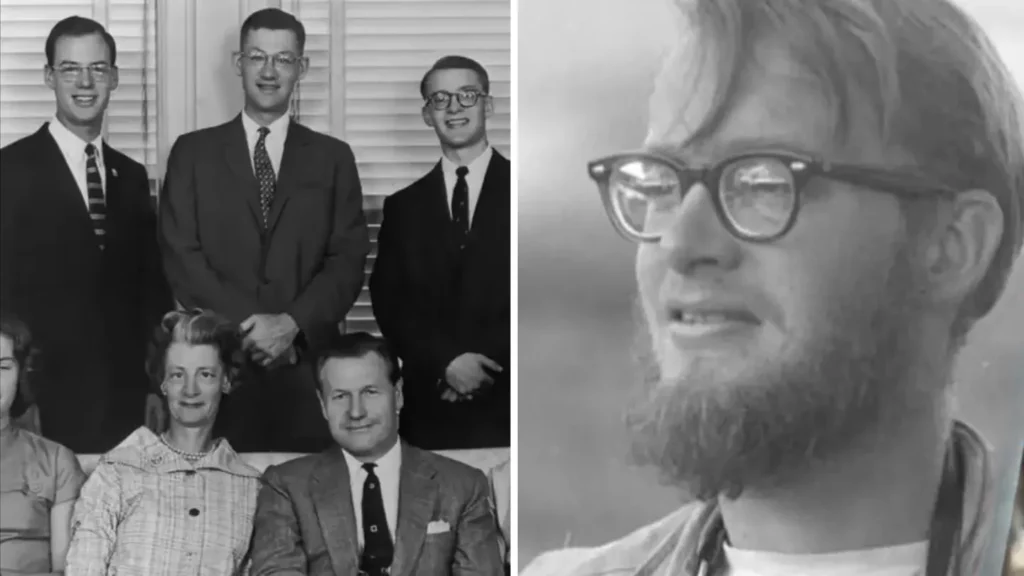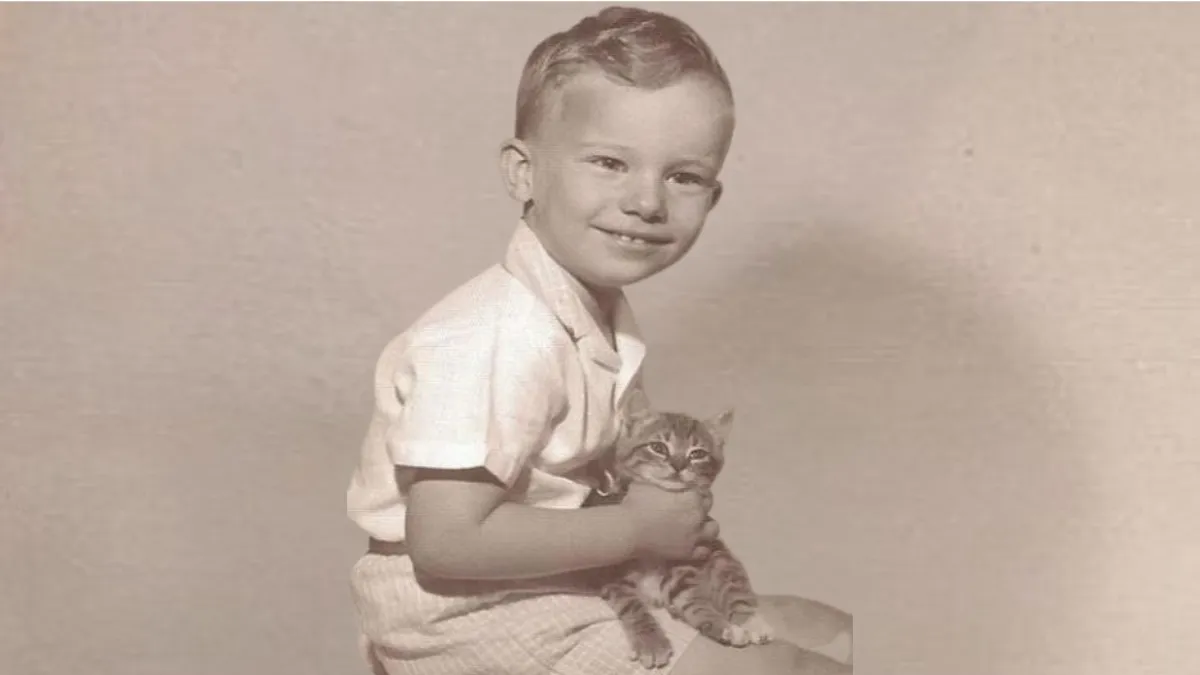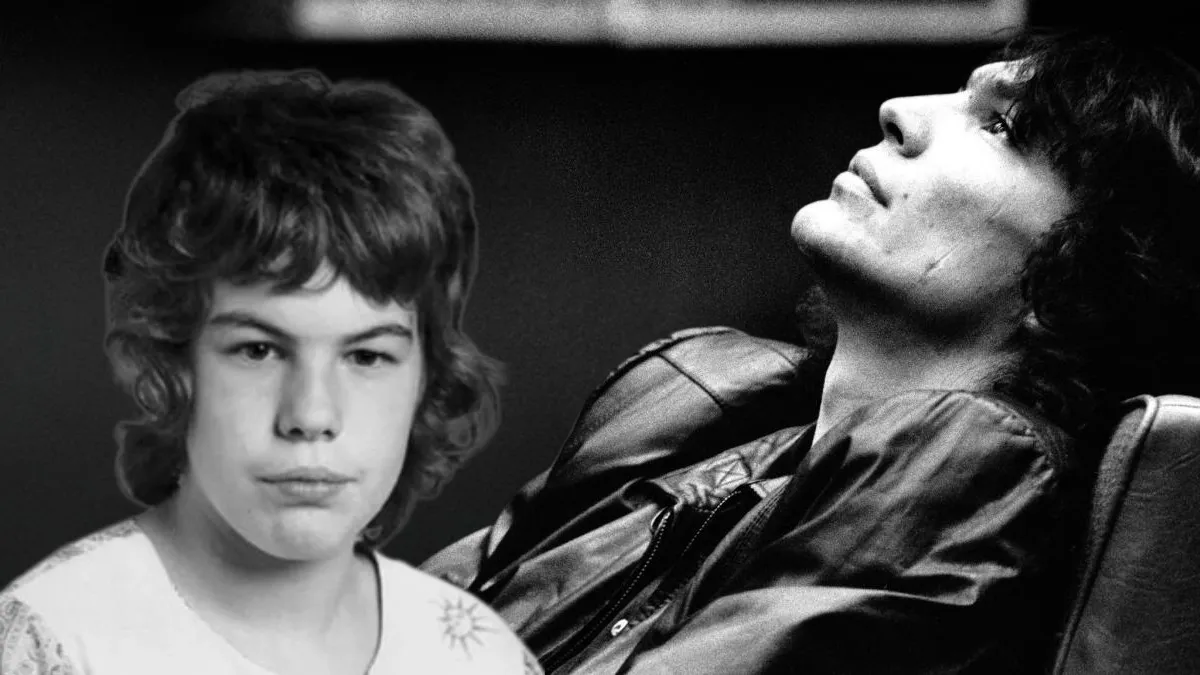Even after 60 years have passed since the terrible incident, people are still fascinated by the strange disappearance of Michael Rockefeller.
A young researcher, who happens to be the son of former US Vice President Nelson Rockefeller, went missing during his exploration of the remote Asmat region in West Papua.
In November 1961, the 23-year-old set off on his second trip to Dutch New Guinea, which is now known as West Papua, Indonesia. Accompanied by Dutch anthropologist René Wassing, Rockefeller aimed to fully experience the Asmat culture and acquire the tribe’s artwork.
Rockefeller had visited the Asmat people the previous year, establishing a connection and capturing images of the tribe. Encouraged by this encounter, he went back to gather additional artwork for his family’s museum.
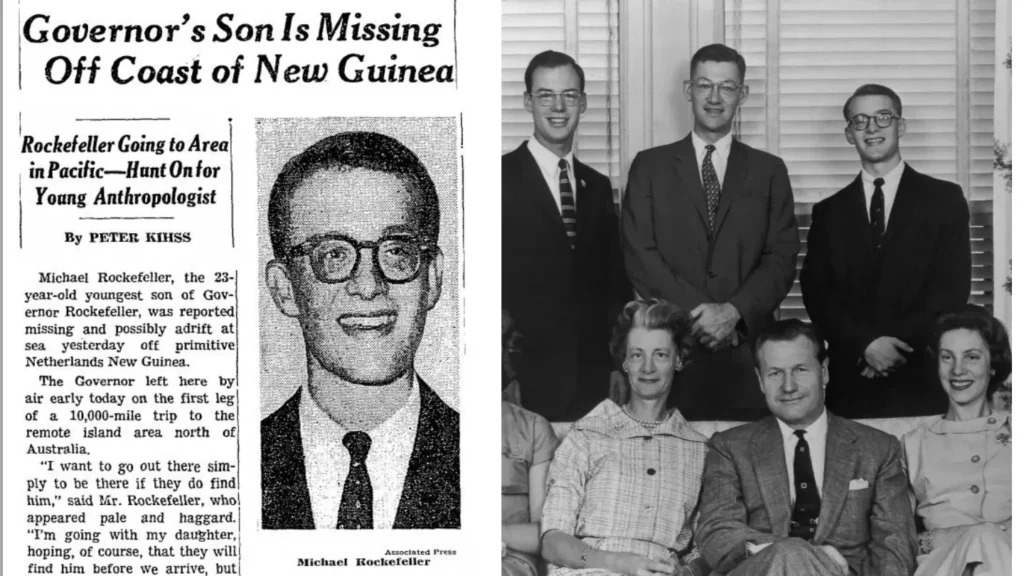
Unfortunately, the situation became extremely dire when their 40-foot canoe overturned, leaving them stranded several miles away from land.
Holding onto the capsized boat, Rockefeller was confident in his ability to swim to safety.
Despite the challenging circumstances, he confidently expressed his belief in his ability to make it, even with the 12-mile distance and the presence of crocodile-infested waters.
This would be the final sighting of Rockefeller before his disappearance.
Authorities eventually rescued Wassing, but Rockefeller vanished, leading them to conclude that he had drowned.
After two weeks without any results, the official search for Rockefeller ended after nine days.
The Dutch interior minister stated, “There is no longer any hope of finding Michael Rockefeller alive.”
The mysterious disappearance sparked many inquiries, leading to a plethora of speculations over the years.
According to a widely discussed theory, it is believed that Rockefeller did not drown but rather managed to reach the shore, only to encounter a much harsher destiny.
The Asmat tribe was known for engaging in practices that were considered extreme by many.
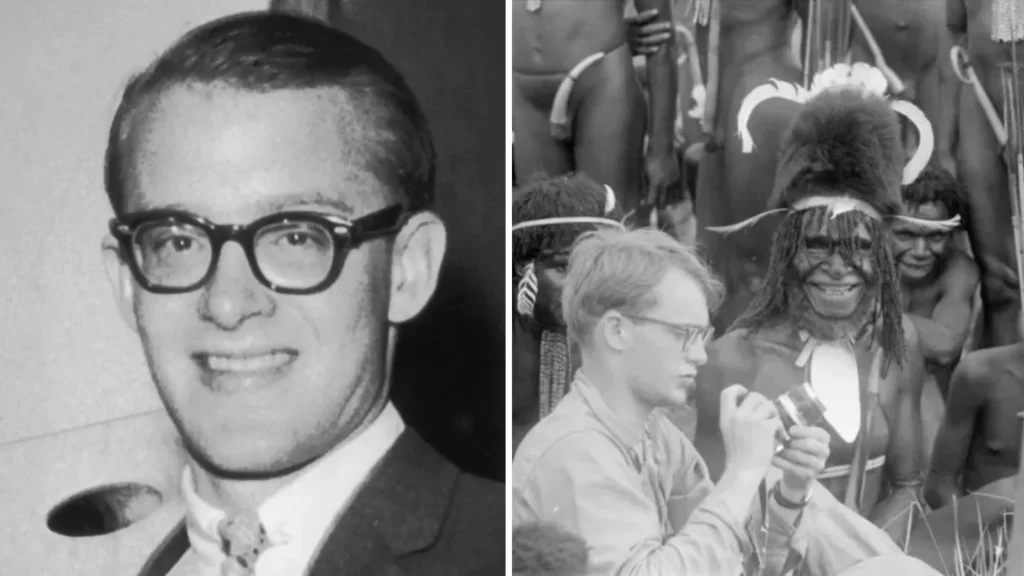
There are theories suggesting that Rockefeller’s demise was the result of a tribal ritual involving cannibalism.
The Asmat people believed that consuming the flesh of their enemies would grant them spiritual power.
This intriguing theory has captivated the interest of researchers and investigators.
However, it wasn’t until years later that a photograph finally emerged, providing the long-awaited confirmation to this speculation.
A film crew from National Geographic embarked on a journey to the Asmat region in the early 1970s, aiming to capture the essence of the tribe through their lens.
One of the photos depicted a Caucasian man who bore a striking resemblance to Michael Rockefeller.
This caused a lot of speculation, with many people believing that the photo depicted Rockefeller being fully accepted into the tribe.
However, there were still those who doubted the credibility of the image.
In 2014, journalist Carl Hoffman released “Savage Harvest,” a compelling exploration of Rockefeller’s mysterious disappearance.
After conducting extensive research and enlisting the help of a private investigator, Hoffman discovered unsettling information from local sources.
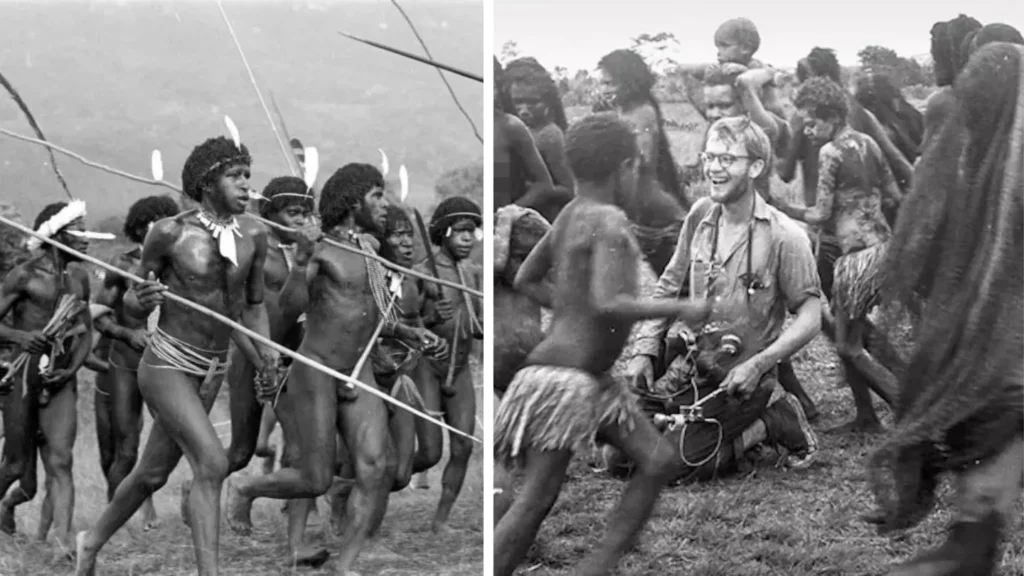
According to these accounts, Otsjanep warriors confronted Rockefeller after he managed to reach the shore.
In a heartbreaking turn of events, Hoffman speculated that Rockefeller met his untimely demise as a response to a Dutch raid.
Last year’s raid led to the unfortunate loss of several influential members of the Asmat tribe.
Hoffman suggests that this act of violence caused the tribe to perceive Rockefeller in a negative light.
According to local sources, there are reports of an unfortunate incident involving Rockefeller and one of the warriors, resulting in a tragic outcome.
Hoffman believes that his tragic fate was the result of cultural misunderstanding and tension caused by colonialism.
Although the puzzle may remain forever unsolved, Hoffman’s research presents a captivating theory.
Rockefeller’s last known words, “I think I can make it,” remain a haunting echo of his final moments.
The photograph of a man resembling Rockefeller, surrounded by the Asmat tribe, adds an intriguing element to the mystery.
Despite ongoing discussions, the disappearance of Michael Rockefeller continues to captivate as one of the most perplexing unsolved mysteries in history.
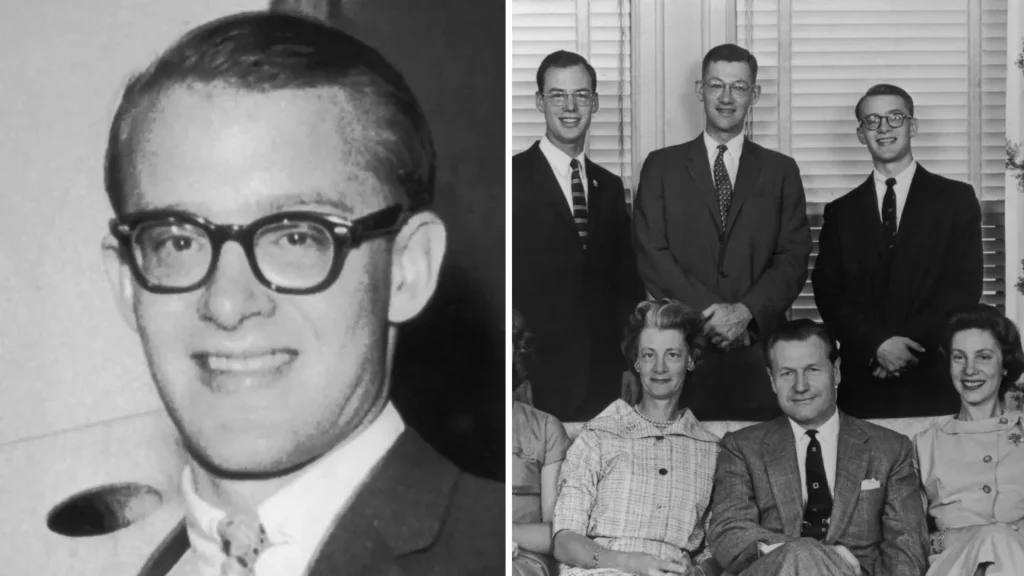
No matter its authenticity, the image has piqued interest in the story. This intriguing image could potentially provide answers to the mystery surrounding the disappearance of the young researcher many years ago.

